Lohri 2025: Date, History, and Significance of This Vibrant Festival

Lohri, a festival of joy, cheer, and new beginnings, is celebrated throughout India, particularly in the northern states, and is characterized by love, warmth, and energy.
States like Punjab, Haryana, and Delhi hold grand Lohri celebrations, where communities gather around the sacred fire to share traditional food items such as jaggery, sugarcane, and sesame seeds. Lohri, along with Makar Sankranti the following day, signifies the end of winter chills and the onset of longer days filled with more sunshine.
Origins of Lohri
Lohri has various origins, with the primary belief being that it is a celebration of the winter solstice. A key feature of Lohri is the bonfire, which has been a traditional element in winter solstice festivals throughout history. The lighting of the fire symbolizes the return of longer days.
Lohri is an official holiday in Punjab, Jammu, and Himachal Pradesh. While the festival is celebrated in Delhi and Haryana, it is not recognized as a gazetted holiday there. Lohri is enjoyed by Sikhs, Hindus, and anyone who wishes to partake in the festivities.
Significance of the Lohri Festival
In the state of Punjab, known as the breadbasket of India, wheat is the primary winter crop, planted in October and harvested in March or April. In January, the fields are adorned with the promise of a golden harvest, and farmers celebrate the Lohri festival during this time, just before the cutting and gathering of the crops.
This period marks the earth's journey towards the sun, as it is farthest from it, signaling the end of the coldest months of the year, known as Paush. Lohri heralds the beginning of Magh and the auspicious period of Uttarayan. According to the Bhagavad Gita, Lord Krishna reveals himself in his full glory during this time. Hindus cleanse themselves of sins by bathing in the Ganges River.
The Bonfire Ritual
At dusk, large bonfires are lit in harvested fields and in front yards of homes. People gather around the flames, encircling the bonfire as they toss puffed rice, snacks, and popcorn into the fire while singing popular folk songs. They pray to the fire god to bless the land with prosperity and abundance. The prasad consists of five key items: gajak (a sweet made from sesame), til (sesame seeds), jaggery, popcorn, and peanuts.
Lohri 2025 - Date & Time
- In 2025, Lohri will be celebrated on Monday, January 13.
According to Drik Panchang, “Lohri on Monday, January 13, 2025 - Lohri Sankranti Moment - 09:03 AM, Jan 14
Disclaimer: The remedies, benefits, advice, and statements mentioned in this article are for general information purposes only. Shri Ram Temple Kamarpal and Suma Blessings Foundation do not endorse the content presented in this article. The information contained herein has been gathered from various sources, including astrologers, panchangs, sermons, beliefs, religious texts, and legends. Readers are advised not to regard this article as the ultimate truth or claim and to exercise their own discretion. Shri Ram Temple Kamarpal and Suma Blessings Foundation oppose superstition.

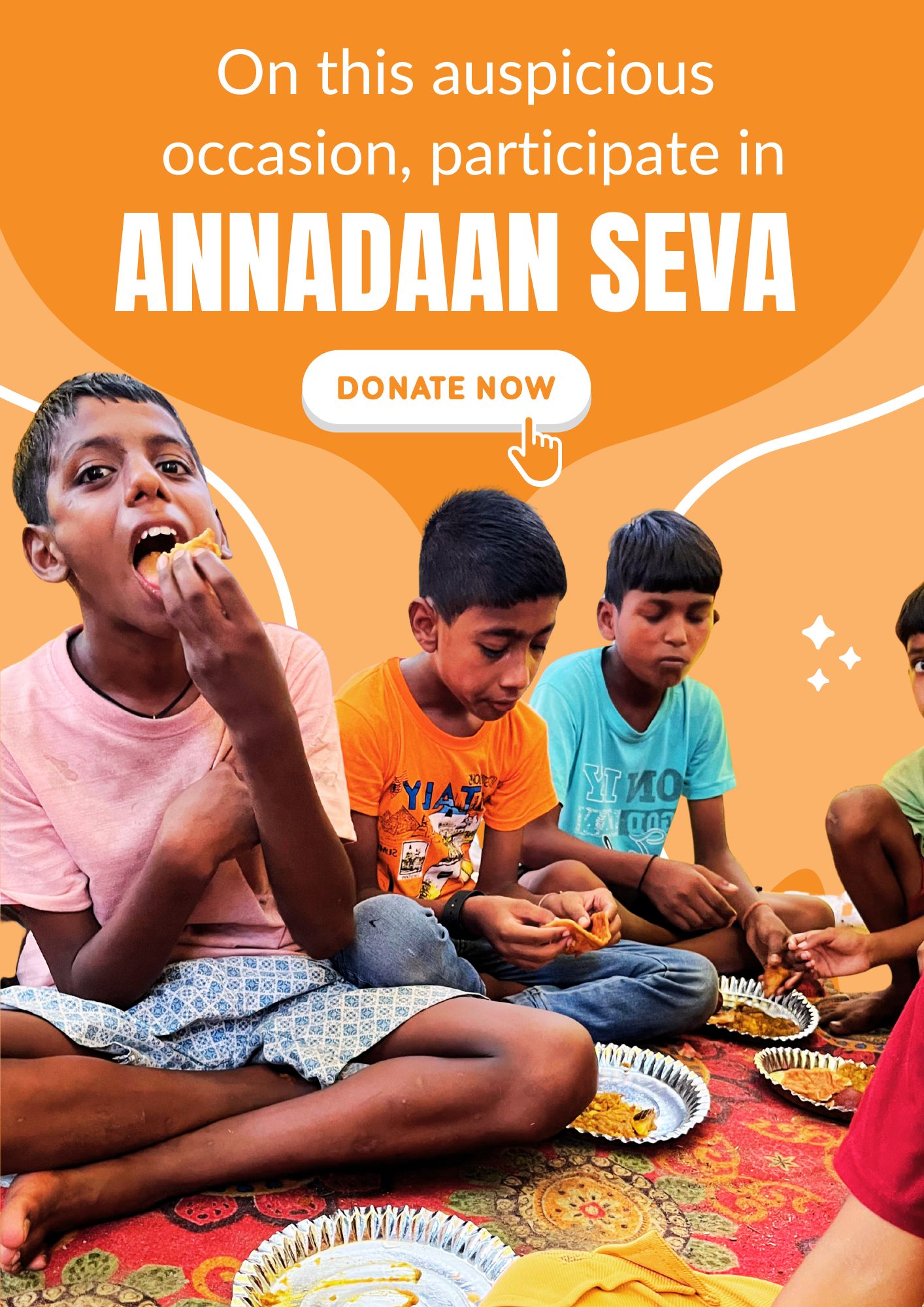
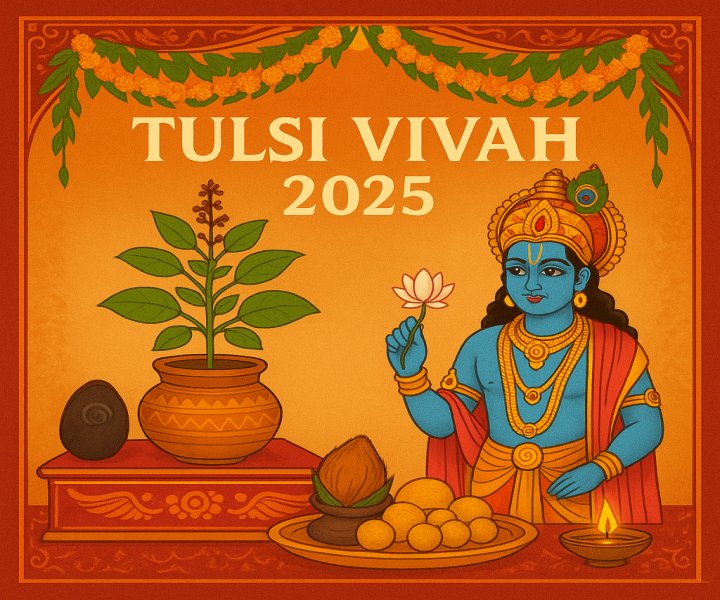
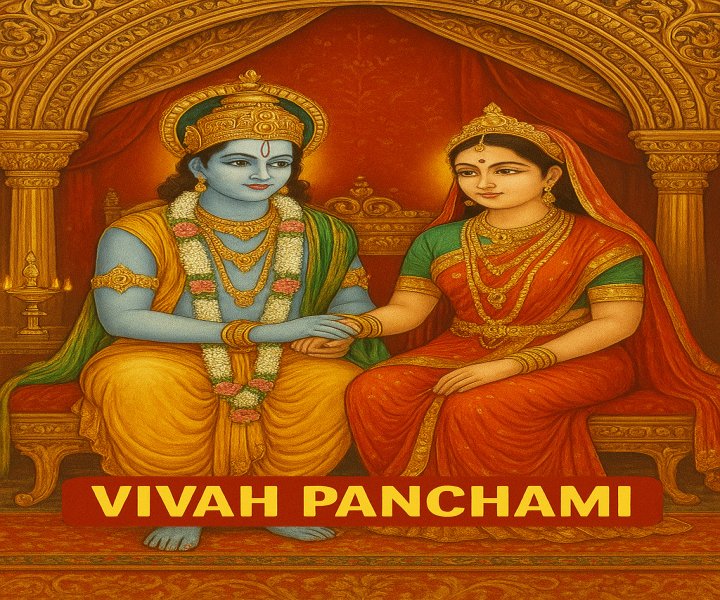
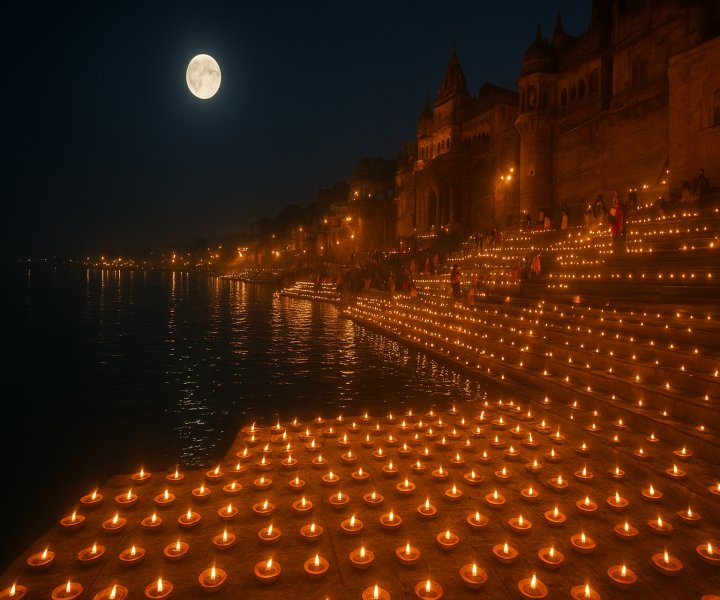
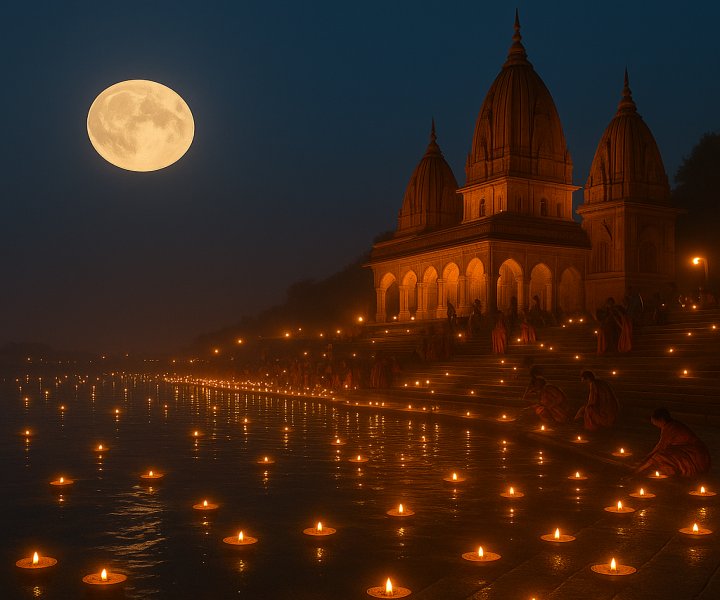
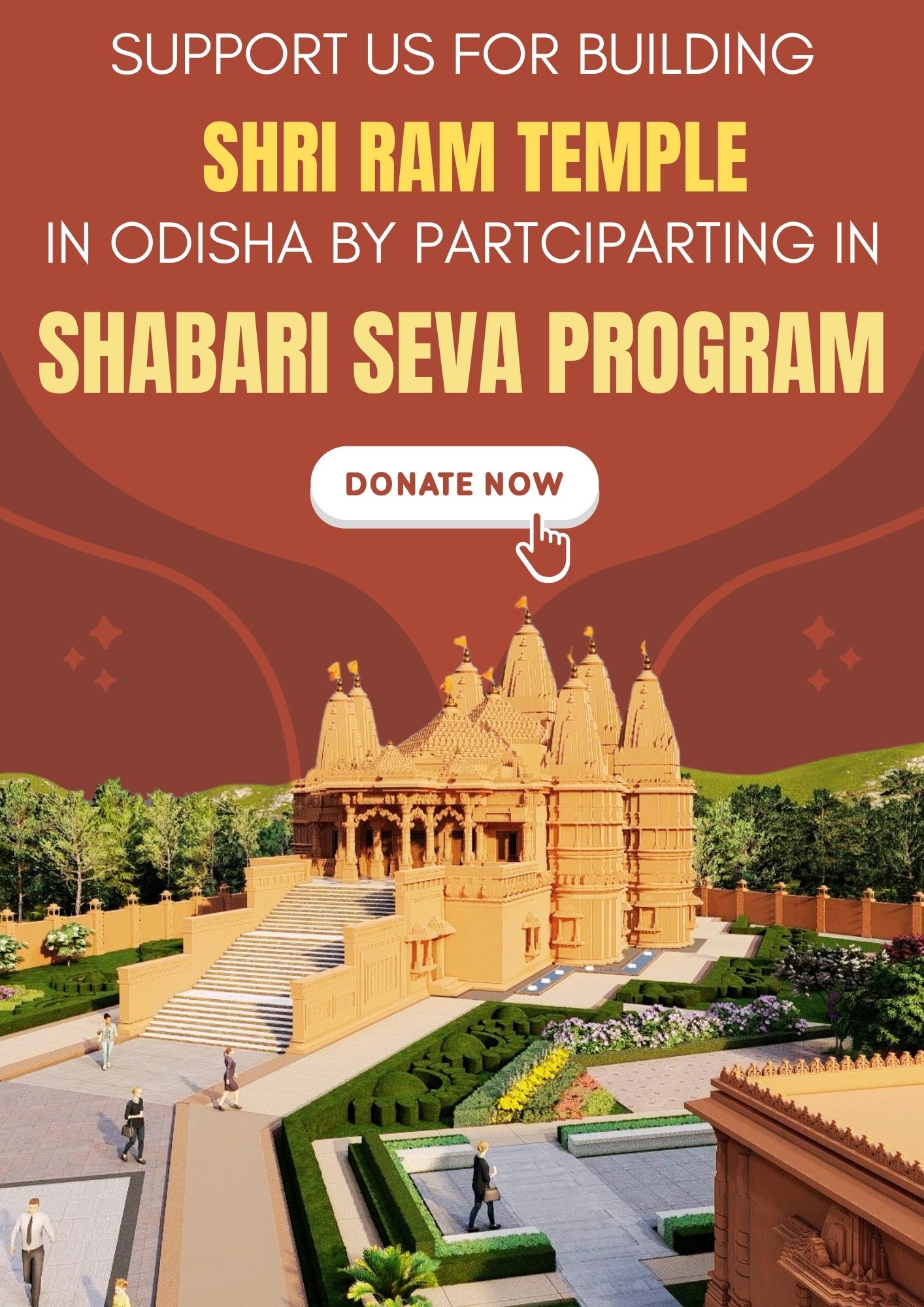

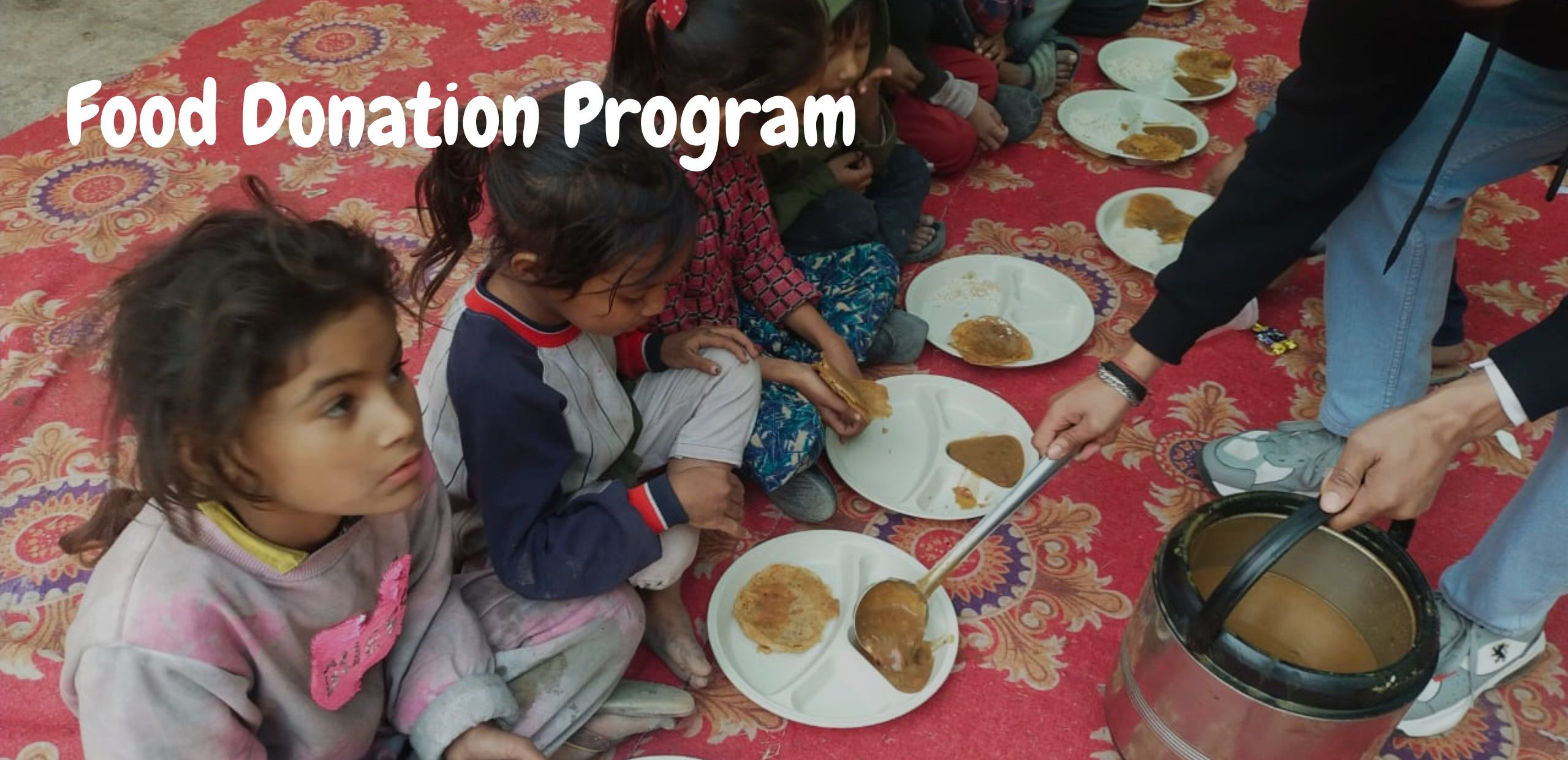
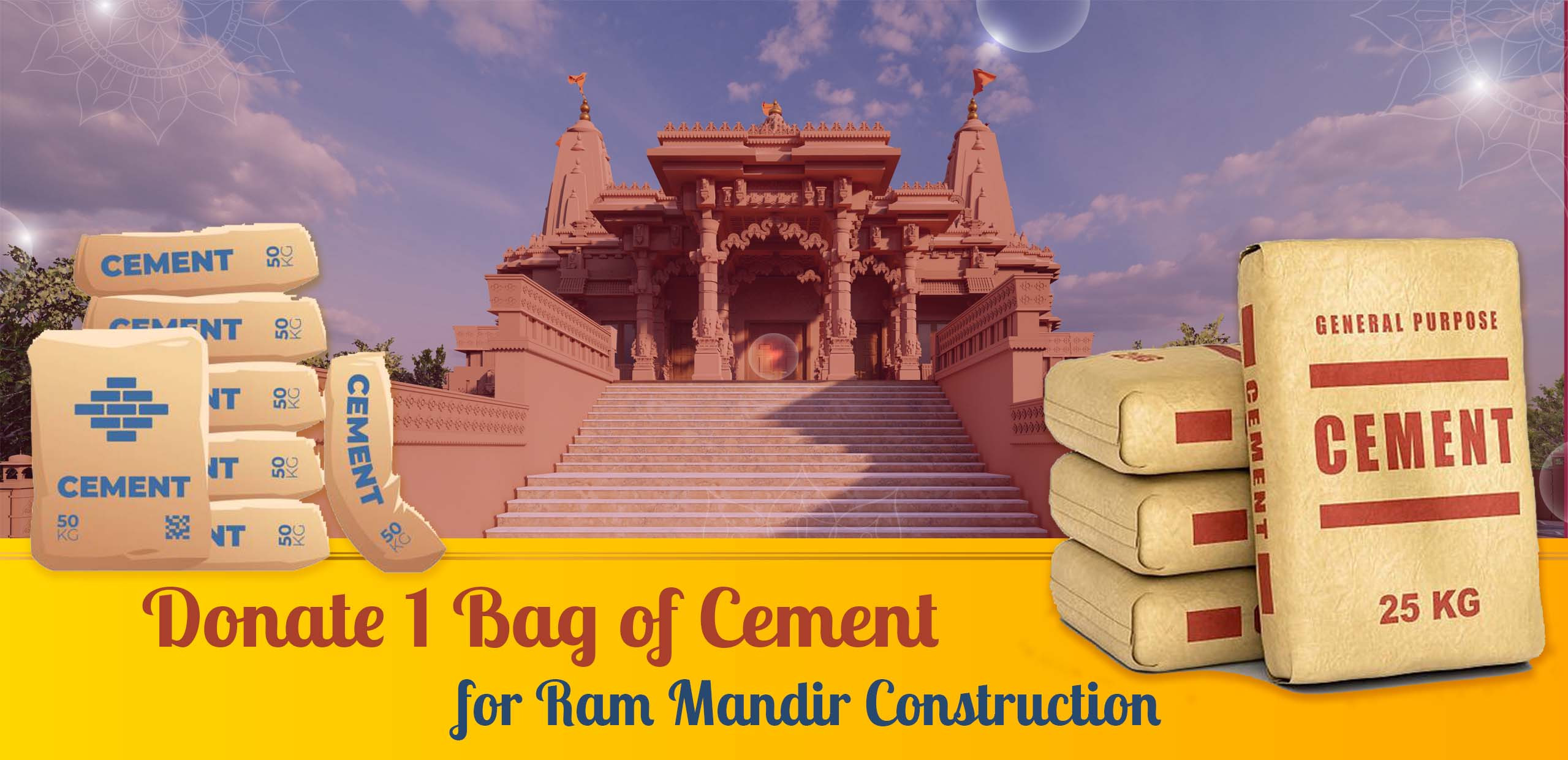

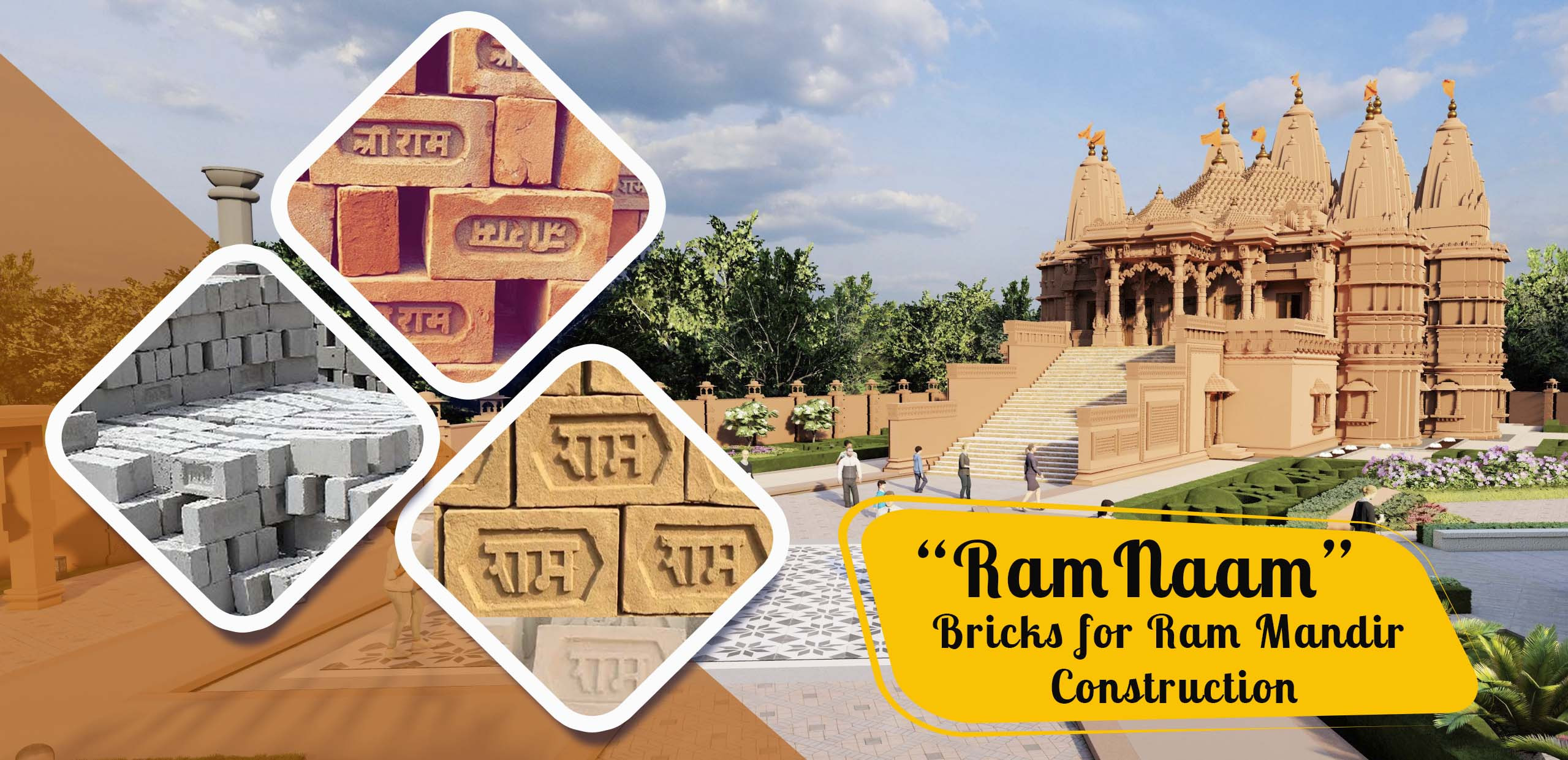

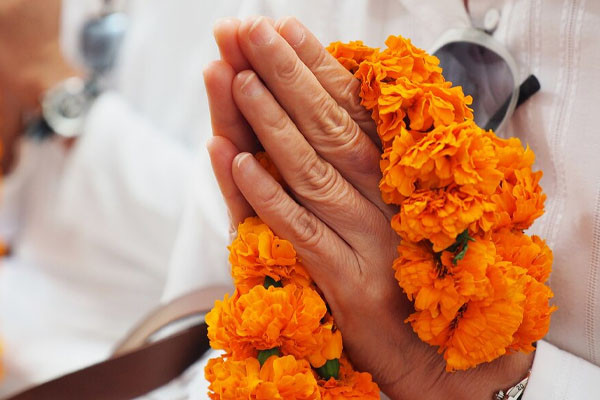


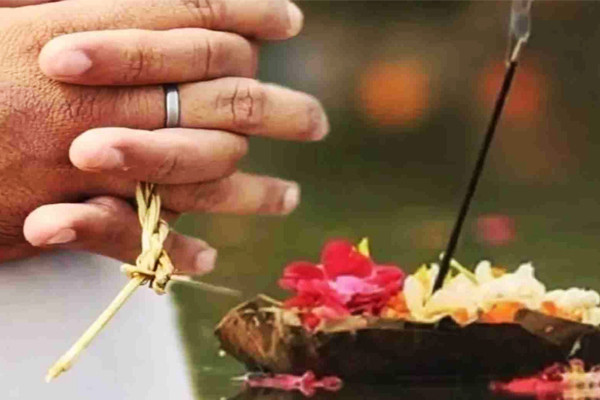
0 comments
No Comment Have been Posted Yet